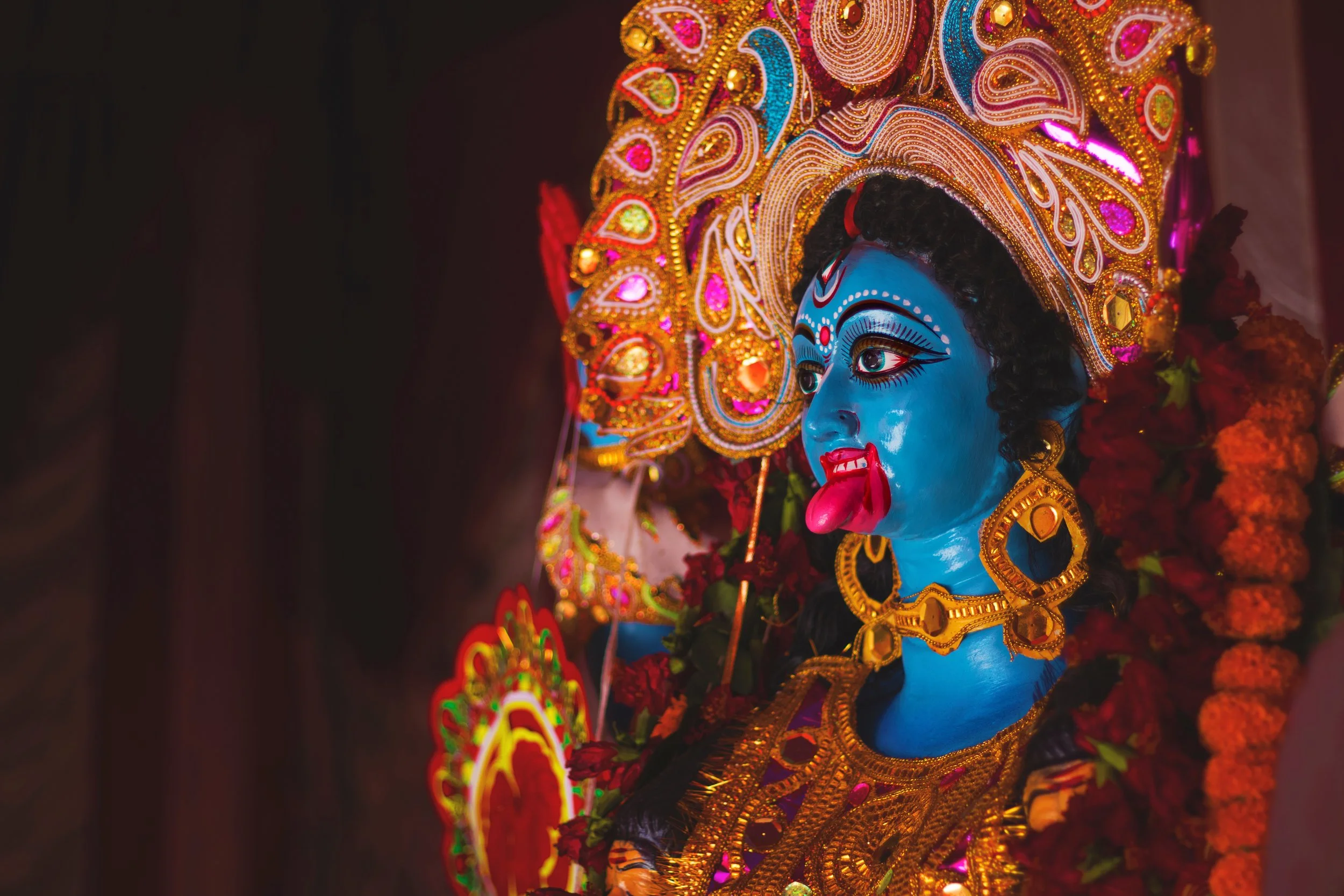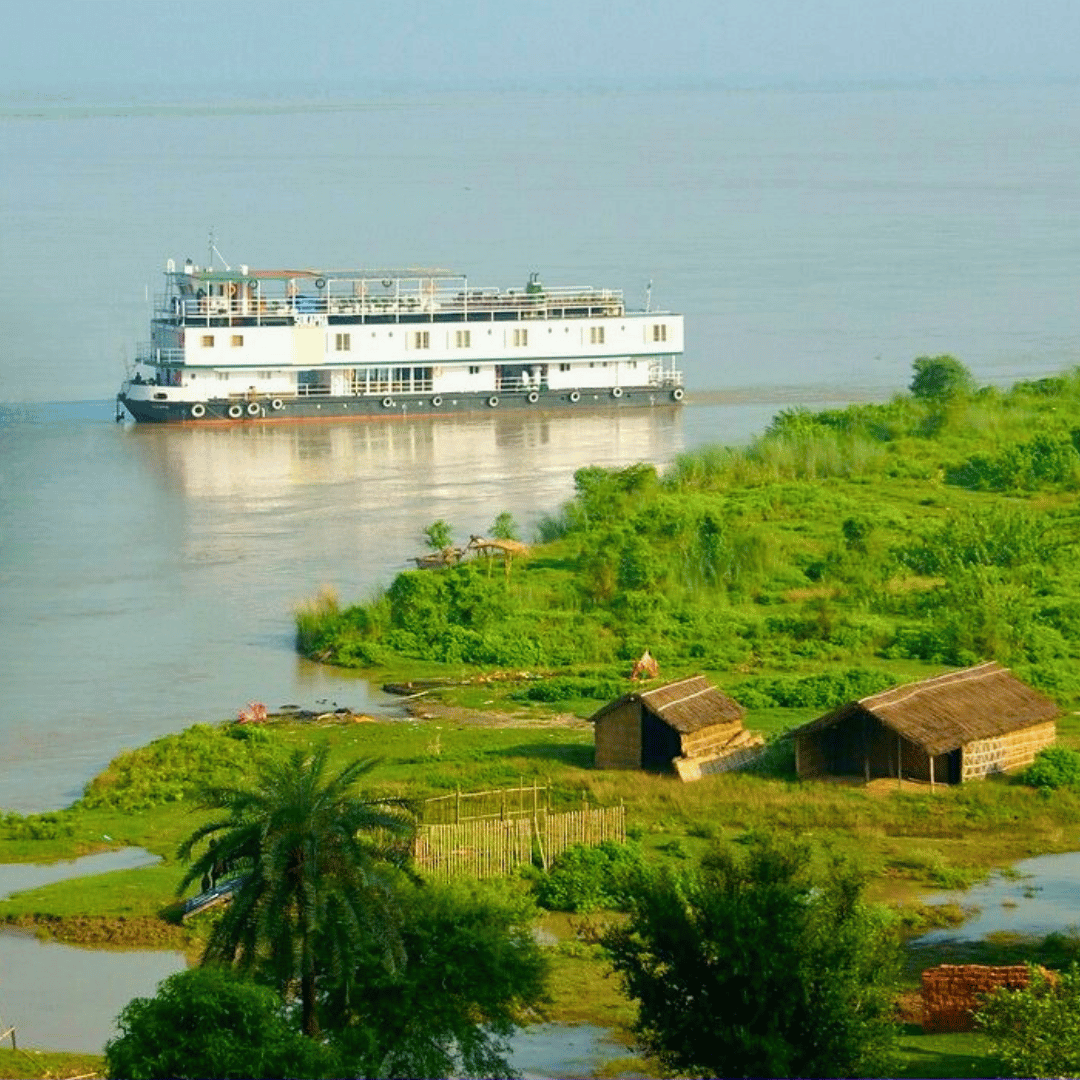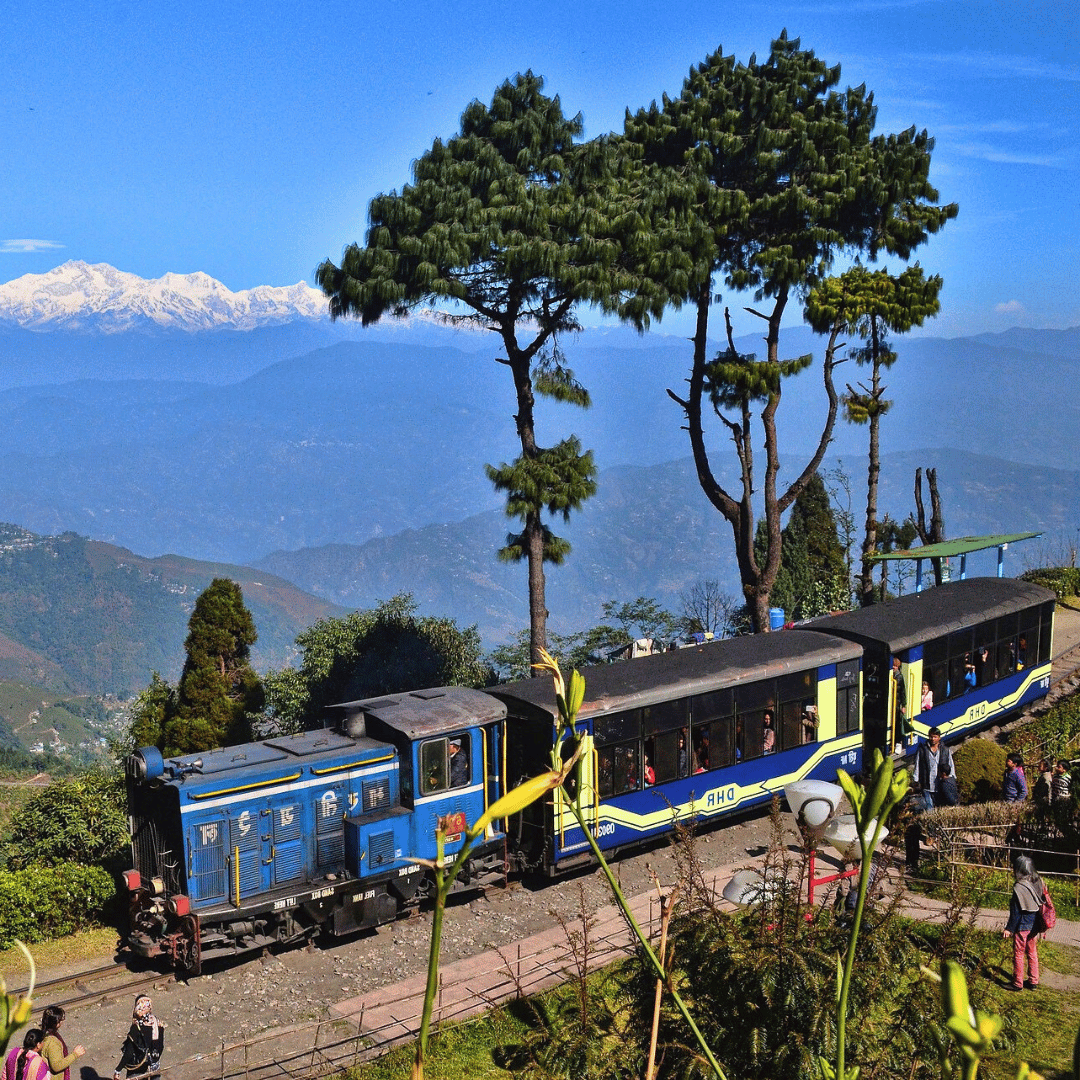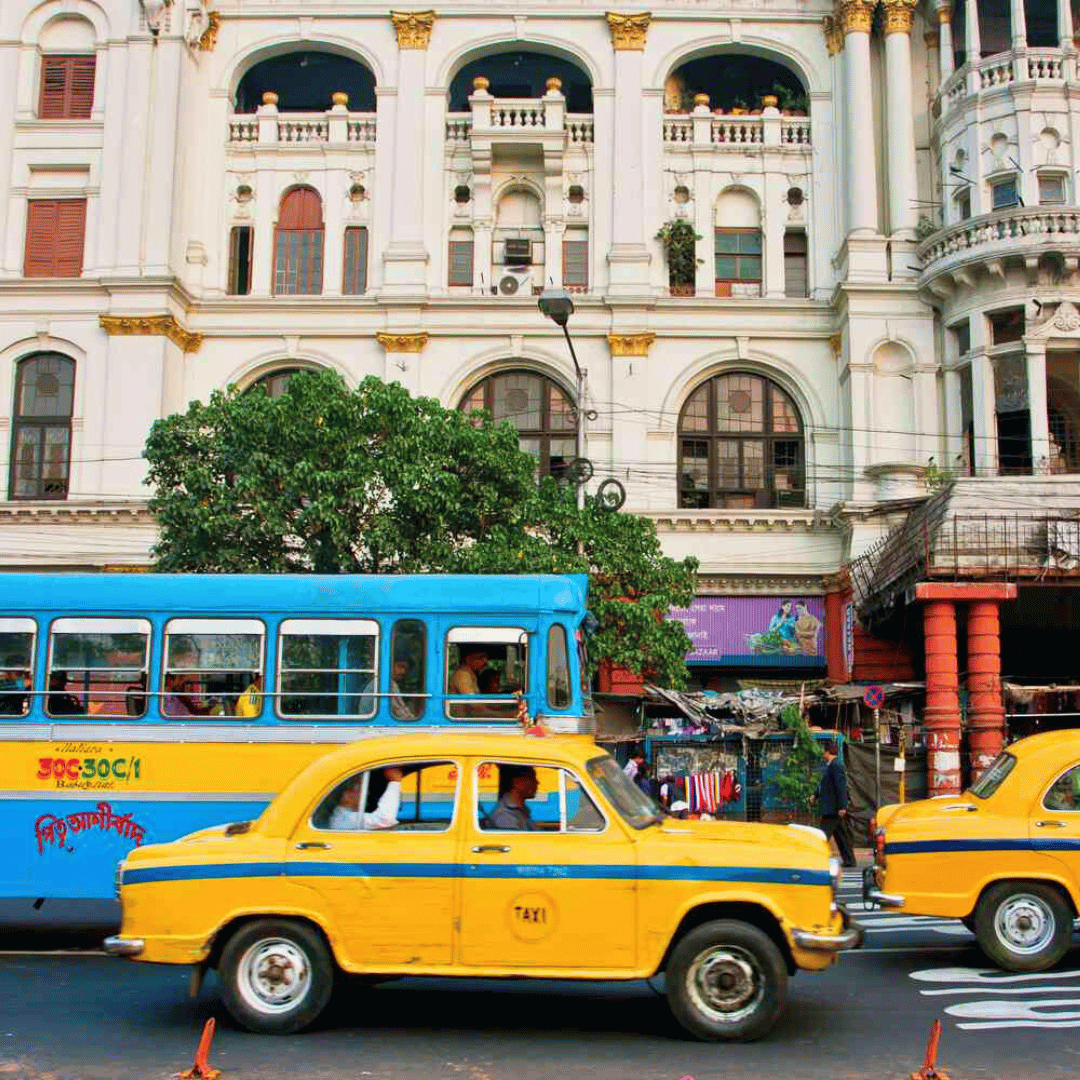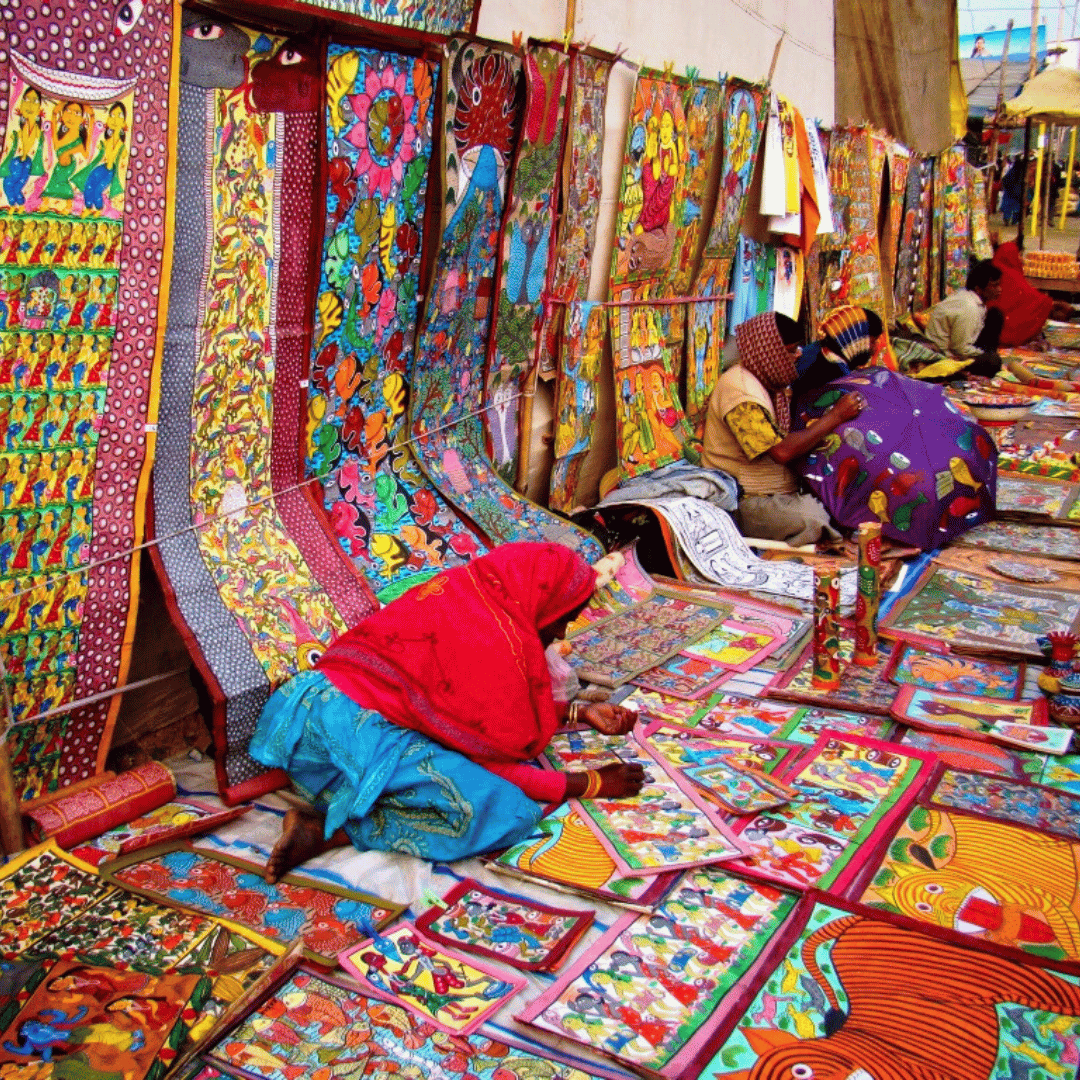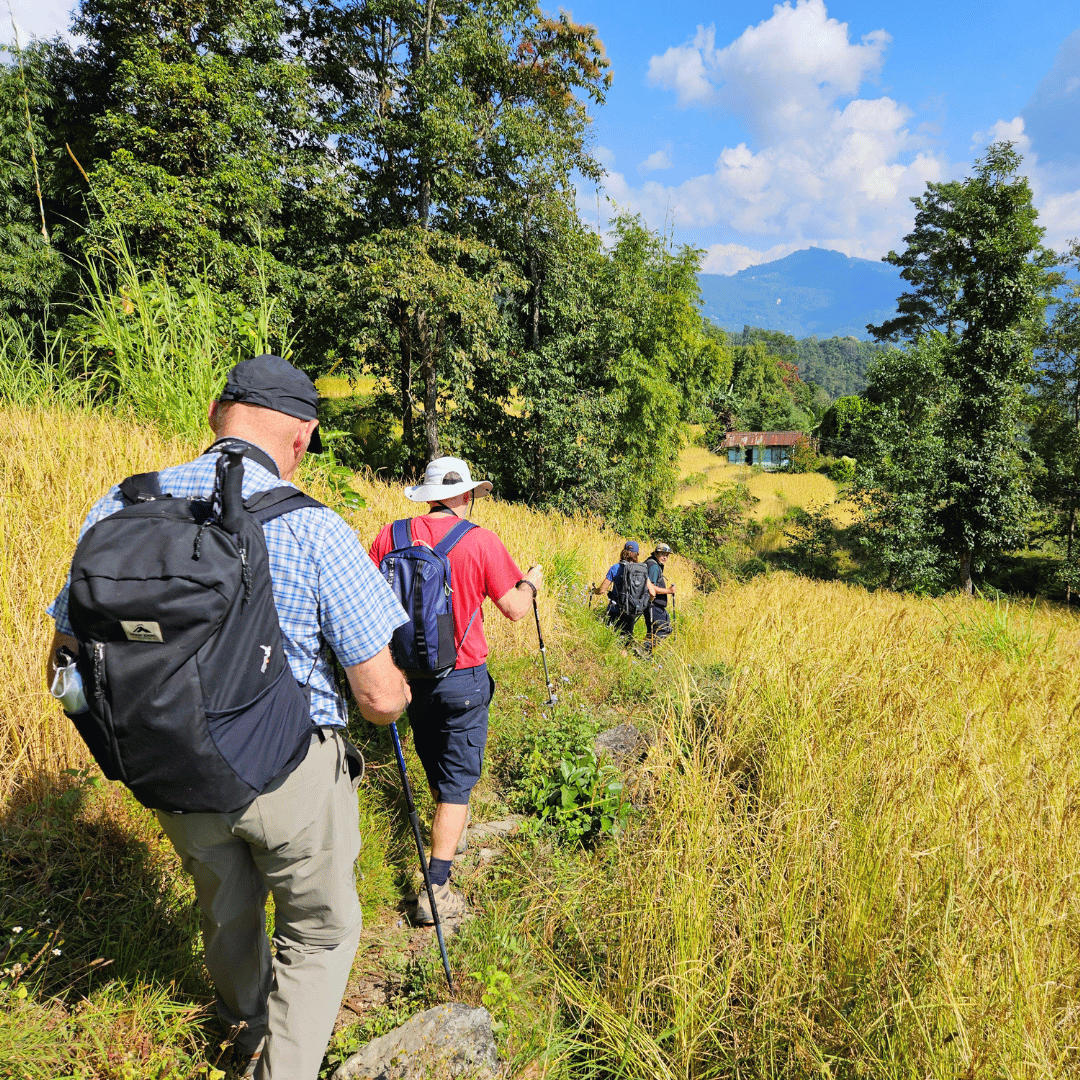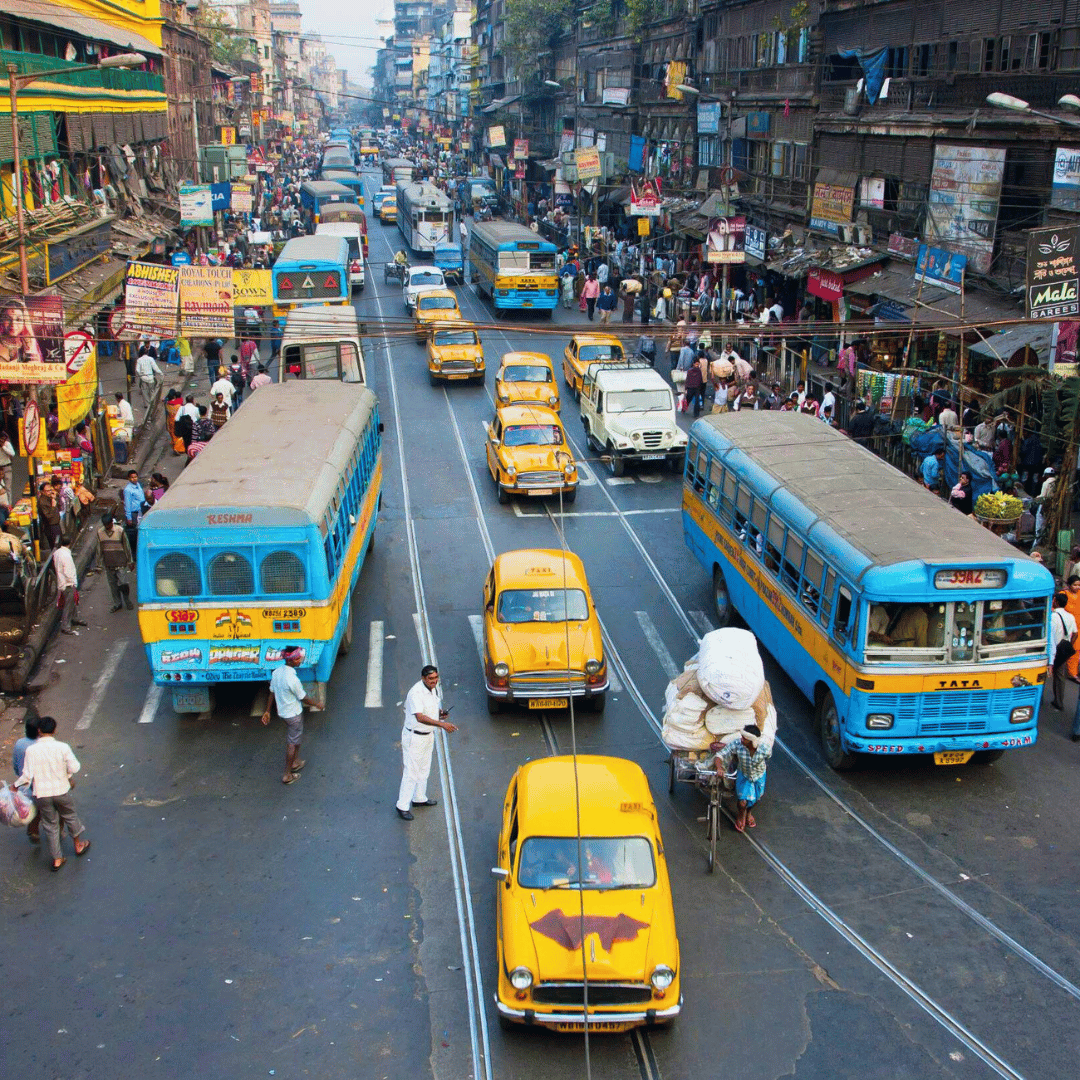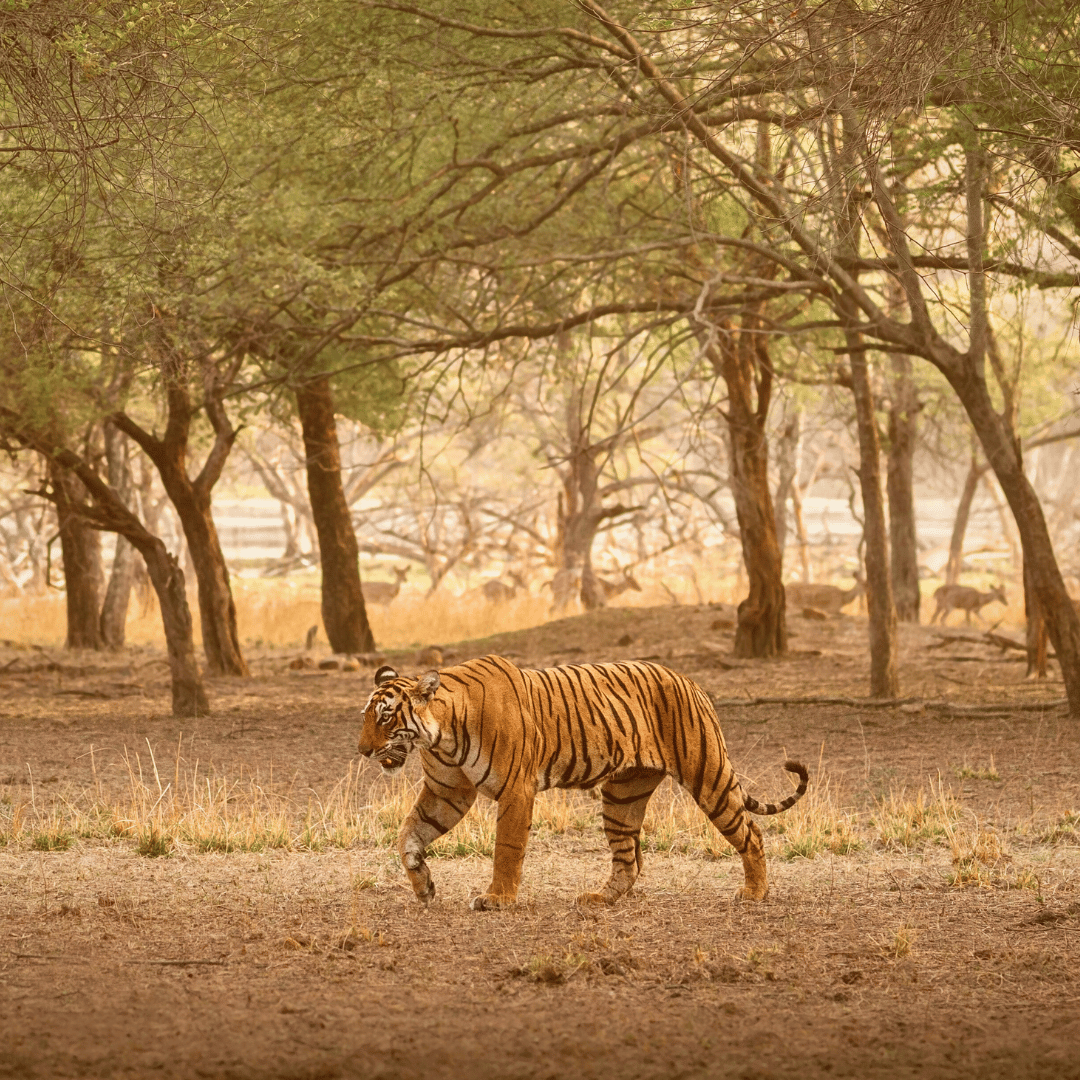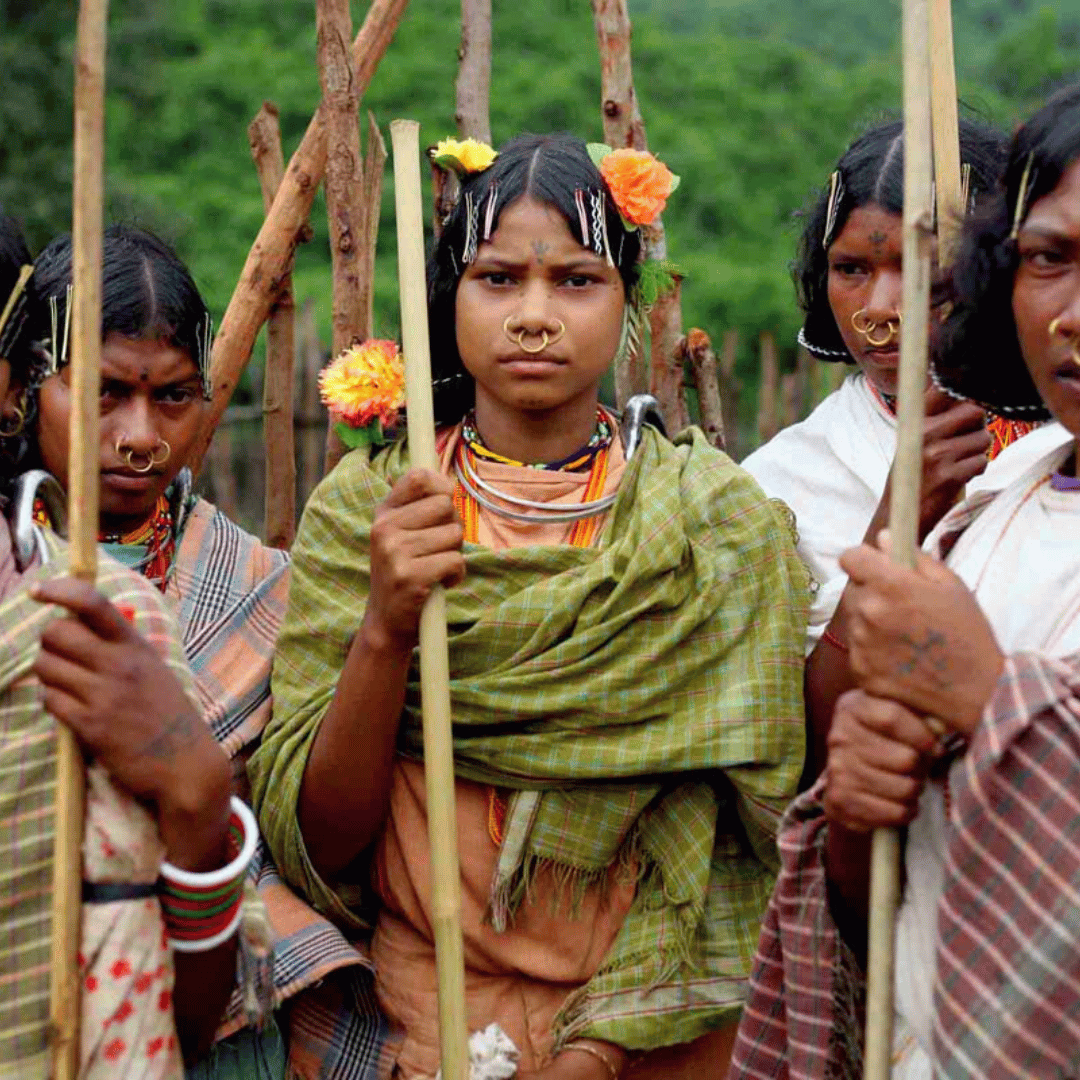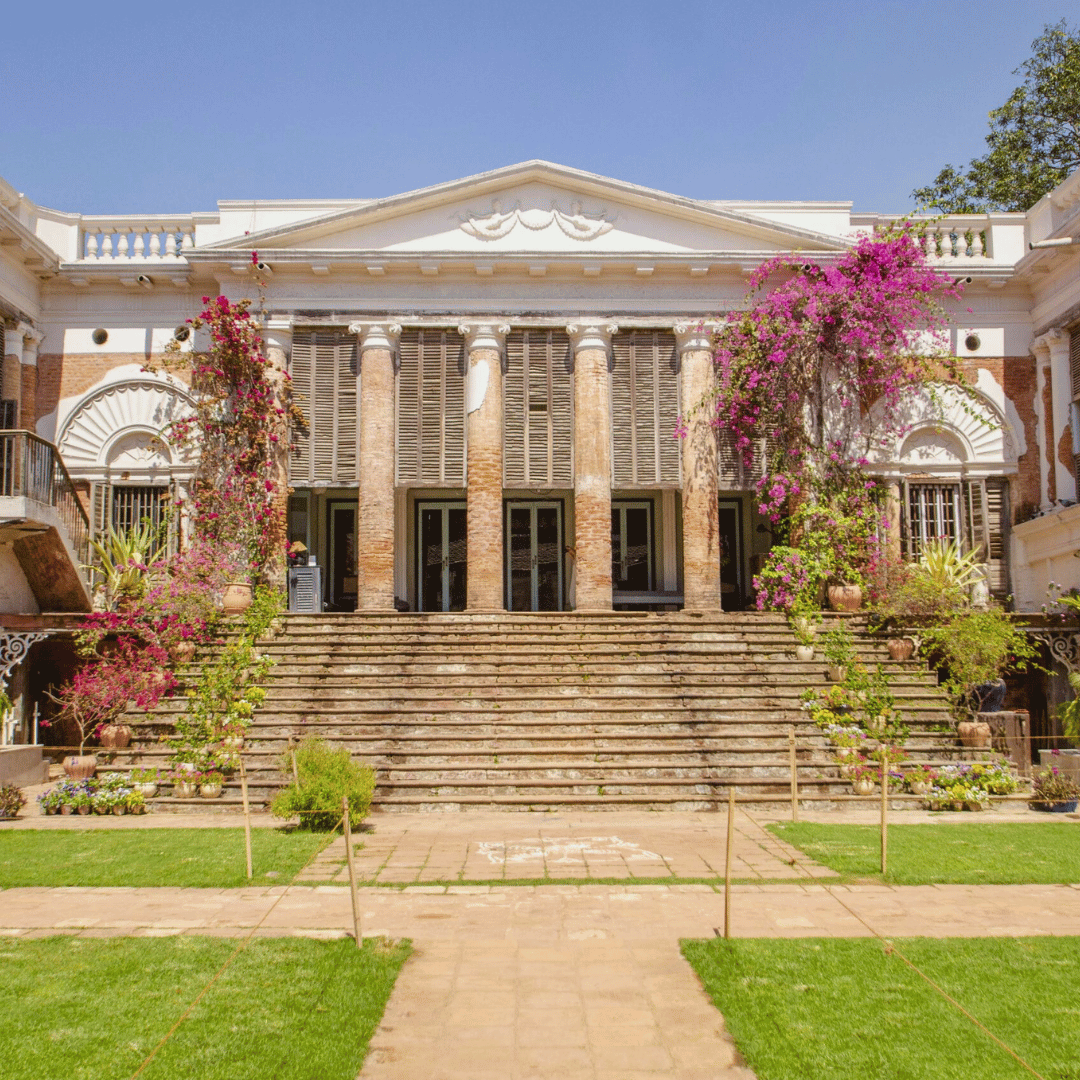
Private East India Tours
Bespoke Packages Crafted With Care
East India is a region defined by layered cultural heritage, sacred landscapes and living artistic traditions, offering travellers a deeply historic and spiritual perspective of India. From Kolkata’s colonial era architecture and literary legacy to Odisha’s Konark Sun Temple and coastal temple towns, and the Buddhist heartlands of Bodh Gaya and Nalanda in Bihar, the region reveals India’s intellectual and devotional roots. Darjeeling brings Himalayan tea history and hill station nostalgia, while Puri and Shantiniketan reflect thriving craft, ritual and performance traditions. The region also connects naturally into Bhutan and Nepal for overland pilgrimage and culture focused circuits. From temple architecture and classical arts to monastic pilgrimage journeys, with expert local scholars and storytellers, custom East India tours with India Unbound are privately designed to explore this cultural depth. Melbourne based and designing private India journeys since 2007, we offer custom itineraries with private drivers, specialist guides and signature boutique stays that give Australian travellers a meaningful and intelligent encounter with one of India’s most historically rich regions.
Choose Your East India Travel Style
East India Travel Advice For First Time Visitors
-
East India refers to West Bengal, Odisha, Bihar and parts of Jharkhand, a region known for its intellectual legacy, sacred architecture and thriving craft traditions. Key gateways include Kolkata, Puri, Bhubaneswar and Bodh Gaya. This is a cultural and historic heartland of India, deeply rooted in classical learning, religion and artistry - very different from the tribal and nature focused identity of North East India.
North East India begins beyond Bengal and includes Assam, Meghalaya, Nagaland, Arunachal Pradesh and Sikkim. It is more rural, Himalayan and ecology driven. East India is anchored in temples, literature, river based civilisation and heritage towns, whereas the North East is about misted forests, village life and living tribal tradition. They complement but should not be mistaken for the same region.
Culturally, East India is immersive, expressive and community oriented. Respectful clothing is expected when visiting temples or religious spaces. Food is a highlight, from Bengali sweets and seafood to Odisha’s temple offerings and traditional vegetarian cuisine. English is widely spoken in Kolkata and major towns, while rural areas reward those who travel patiently and with curiosity.
Travel is primarily ground based, using a mix of private vehicle, train and short flights depending on the route. Infrastructure ranges from polished in cities to basic but functional in villages. Carrying cash is important outside larger towns, as card facilities and digital payment are not always available in markets, small eateries or craft communities.
Wifi is generally reliable in cities and heritage hotels, but can be limited, slower or occasionally unavailable in rural homestays or traditional properties. Travellers should expect moments of digital disconnection. In return, they gain access to living cultural environments, preserved artistic traditions and genuine human connection that define the character of East India.
-
East India is most commonly defined as including four states: West Bengal, Odisha, Bihar and Jharkhand. These states form the historic and cultural core of eastern India and are known for their artistic heritage, religious significance and deep intellectual legacy.
West Bengal is the best known entry point, centred around Kolkata which is a major centre of literature, art, music and colonial history. It also includes destinations like Darjeeling in the Himalayan foothills, the Sunderbans mangrove delta and the cultural village traditions of Shantiniketan.
Odisha is famous for its temple architecture, most notably the Sun Temple at Konark and the Jagannath Temple in Puri. Beyond this, it is home to important tribal regions, classical dance traditions and richly preserved craft communities that still operate outside mass tourism.
Bihar holds immense spiritual importance as the heart of the Buddhist world. Bodh Gaya, where the Buddha attained enlightenment, and Nalanda, one of the worlds earliest universities, are located here, making it a major pilgrimage destination.
Jharkhand is more rural and less visited, with dense forests, sacred landscapes and strong tribal communities. It is valued for its authenticity rather than infrastructure and appeals to travellers seeking more elemental cultural immersion.
Sikkim, historically grouped with East India due to its cultural and geographic proximity to Bengal, was officially reclassified as part of North East India in 2002 by the Government of India. Since then, it has been administered under the North Eastern Council, along with Assam, Meghalaya, Nagaland, Arunachal Pradesh, Mizoram, Tripura and Manipur. However, because of cultural overlap and access through Bengal, many tour itineraries still treat Sikkim as an East India extension, especially when combined with Darjeeling.
-
East India is home to a wide range of languages, with each state having its own dominant tongue and several regional variations spoken in daily life. This makes the region one of the most linguistically rich parts of India, where language is closely tied to identity, literature and tradition.
In West Bengal, Bengali is the primary language and is spoken by the majority of the population. It is known for its deep literary and cultural tradition, with a strong legacy of poetry, music and theatre. Bengali is also widely used in art, film and public life.
In Odisha, the main language is Odia. It has its own classical literary history and is used in temples, traditional music and folk storytelling. Many rural communities speak variations of Odia that reflect local heritage and oral tradition.
In Bihar and Jharkhand, Hindi is the most widely spoken language, though it exists alongside languages such as Maithili, Bhojpuri and Magahi. These are strong cultural languages with rich folk traditions and are still used in song, village theatre and traditional ceremonies.
English is commonly understood in Kolkata and other major cities, especially in hotels, cultural institutions and among educated locals. However, in rural areas, craft villages and pilgrimage centres, travellers will encounter more regional languages than English. Guides and local hosts often act as bridges, helping visitors engage meaningfully without needing to speak the local language themselves.
Language in East India is not just a mode of communication but a living expression of history and culture. Travellers who approach it with curiosity and respect are often rewarded with warmer connections and a deeper understanding of the communities they encounter.
-
The best time to visit East India is from October to March, when the weather is most comfortable for travel across cities, rural regions and the Himalayan foothills. During these months, temperatures are moderate, humidity drops and skies are generally clear, making it ideal for city walking tours, temple visits, river journeys and countryside exploration. This is also when many of the regions major cultural festivals take place, adding to the atmosphere and opportunities for authentic experiences.
October and November are particularly beautiful, with the landscapes still fresh from the monsoon. It is a wonderful time for photography, cultural immersion and exploring both lowland and highland destinations. December to February is cooler, especially in Darjeeling and Sikkim, where mornings and evenings can be crisp, but days are clear and pleasant, perfect for tea estates, monastery visits and village walks.
Summer from April to June becomes hot and humid in Kolkata, Odisha and the plains of Bihar. However, this season can still be suitable for travellers heading to the cooler hill regions such as Darjeeling, Kalimpong and parts of Sikkim. These Himalayan foothill areas offer relief from the heat and remain accessible with scenic views.
The monsoon season from June to September brings heavy rain, lush green landscapes and dramatic skies. It is a visually striking time, but road travel and outdoor touring can be slower and less predictable, especially in rural or river based areas.
For most travellers, especially those planning cultural touring, heritage exploration and ground based journeys, the period from October to early March provides the most comfortable and enjoyable conditions for experiencing East India.
-
East India has a tropical climate for most of the year so light breathable clothing is the most comfortable and practical. In cities such as Kolkata and Bhubaneswar cotton or linen shirts and loose trousers or long skirts work well. Short sleeves are acceptable in most urban settings but carry a scarf or light shawl in case you need to enter a temple or encounter more traditional environments.
Once you move beyond major cities the dress expectations become more conservative. In tribal or rural areas of Odisha Assam Nagaland and Meghalaya it is best to cover both legs and shoulders fully. Fitted or revealing clothing is not appropriate and may make local interactions uncomfortable. Simple neutral toned clothing that does not draw too much attention is usually the most respectful choice.
If you are travelling during monsoon from June to September expect heavy rain and high humidity. Quick drying fabrics are better than denim which becomes heavy and uncomfortable. A lightweight waterproof jacket and secure walking sandals with good grip are much more useful than closed leather shoes or city wear.
In winter from December to February the mornings and evenings in Assam and Meghalaya can be surprisingly cool. Pack a light jumper or a warm shawl that you can easily add or remove through the day. Comfortable closed walking shoes are ideal as you will likely spend time in markets villages tea plantations and other uneven outdoor settings.
-
Food in East India is rooted in rice fish vegetables and seasonal produce with a natural and balanced use of spices rather than strong heat. In West Bengal freshwater fish such as hilsa rohu and prawns are central to daily meals often cooked in light mustard based gravies or steamed with green chilli and turmeric. Coconut is also used gently in curries especially along the coastal districts. Meals are usually served with rice stir fried vegetables and a simple lentil dish which keeps the food light and easy to digest.
Odisha has a distinctive temple influenced cuisine that is largely vegetarian and avoids onion and garlic. The food is delicate rather than rich with flavours built from coconut curry leaves cumin and fresh herbs. Dishes such as dalma a lentil and vegetable stew and khatta a sweet sour chutney style preparation are common and change with the seasons. You will often be served a wide variety of small side dishes in a single meal with an emphasis on balance not spice.
Kolkata is one of the great street food cities of India and its snacks are safe to try if you choose busy popular stalls. Puchka the Bengali version of pani puri is filled with tamarind spiced water and mashed potato and is a true local favourite. Kathi rolls stuffed with egg or meat are popular on the go snacks while jhal muri puffed rice with herbs chilli and mustard oil is a dry flavourful option for walking the streets. Sweets are a highlight with fresh milk based desserts such as sandesh mishti doi and rosogolla found everywhere.
In Jharkhand and Bihar the food is simpler and more rustic with rice lentils and seasonal greens at the core of most meals. You may find dishes cooked over wood fire with mustard oil as the primary flavour. Litti chokha a baked wheat ball served with mashed spiced vegetables is a traditional staple. Across East India meals are typically served fresh and home style with a focus on natural flavours rather than elaborate preparation.
-
ChatGPT said:
A minimum of 10 days is recommended for East India to experience it with proper depth. Travel here is about culture food and local rhythm rather than fast sightseeing so anything shorter tends to feel rushed. Ten days allows you to explore Kolkata well and include one additional region such as Odisha or rural Bengal at a comfortable pace.
If you also wish to add Sikkim to your journey which shares cultural links with Bengal and is known for its mountain scenery monasteries and village hospitality you should allow at least 12 to 14 days. This is enough for Kolkata plus a short loop through Gangtok and nearby valleys such as Pelling or Ravangla while still keeping the journey balanced. Sikkim adds a Himalayan contrast to the plains and coastal character of the rest of East India without feeling like a completely separate trip.
For travellers focused mainly on Kolkata and its cultural surroundings such as Shantiniketan Murshidabad or river heritage towns 10 to 12 days is still sufficient if Sikkim is not included. This gives time for meaningful immersion through walking tours markets crafts and regional cuisine without rushing from place to place.
However if your goal is a broader overview of East India including Kolkata Odisha and Sikkim the ideal duration becomes 14 to 16 days or more. This allows space for temple history in Odisha mountain culture in Sikkim and urban and intellectual life in Kolkata without sacrificing breathing room. East India grows richer the more time you allow it so stretching beyond the minimum is always rewarding.
Popular Destinations In East India
Create Your East India Tour With India Unbound
Established in 2007, India Unbound is an award-winning travel company specialising in custom-made journeys and private tours to India. With more than two decades of experience exploring this fascinating nation, we create tailor-made itineraries for discerning travellers looking for a real adventure.
When you start to research a trip to India, it’s easy to feel overwhelmed by the seemingly endless possibilities. At India Unbound, we’ve made this process easy. To see India, we simply need you to tell us relevant information about yourself and the type of travel experience you are looking for - whether it’s a wish list of places you want to visit, a style of travel, a particular interest or theme that you want to explore, or all of these factors. Using this information, we curate a custom-made India private tour just for you. It’s that simple.
East India Hotel Recommendations
